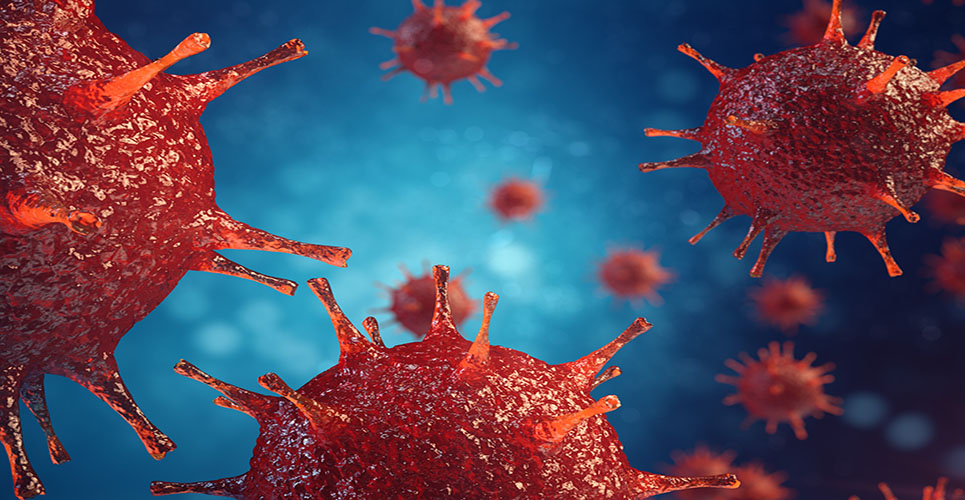teaser
Etravirine, a non-nucleoside reverse-transcriptase inhibitor (NNRTI) in late clinical development for HIV infection, has given promising results in two phase-3 clinical trials published in the Lancet.
NNRTIs are commonly used as components of first-line treatment for HIV infection, but resistance to existing drugs in the group is frequent. These two linked trials (DUET-1 and DUET-2) studied etravirine as a potent new NNRTI effective against viral strains resistant to other NNRTI and with decreased susceptibility to resistance itself.
The studies had similar design and patient population. They enrolled adults with HIV infection, on failing anti-HIV therapy and with documented resistance to available NNRTIs.
All received background therapy with darunavir (an investigational HIV protease inhibitor) plus low-dose ritonavir, and also received further antiretroviral therapy from an approved list of nucleoside reverse-transcriptase inhibitors or enfuvirtide. In addition, they were randomised to receive either etravirine or placebo.
The aim of the regimens chosen was to ensure that patients received at least two potentially active drugs. Treatment duration was specified as 48 weeks with the possibility of extending it for another 48. The research papers present the results of a pre-specified 24-week analysis.
Primary endpoint was the proportion of patients who achieved a plasma viral load of fewer than 50 copies/ml at the 24-week analysis, and analysis was by intention to treat.
The two studies randomised 612 and 591 patients respectively to treatment (of 1,220 and 954 screened). In DUET-1, 14% (etravirine) and 18% (placebo) of patients had discontinued treatment by the 24-week analysis, mainly due to virological failure; discontinuations in DUET-2 amounted to 17% and 25% respectively.
In both studies, more patients in the etravirine group achieved the primary endpoint than in the placebo group (DUET-1, 56% vs 39%; DUET-2, 62% vs 44%. Etravirine was generally well tolerated, with no significant difference between active drug and placebo in DUET-2; in DUET-1, etravirine patients were more likely to report rashes or diarrhoea.
Both these studies are continuing and further results will be reported.
The authors of both studies conclude that etravirine was superior to placebo as part of a treatment regimen in treatment-experienced patients with HIV infection resistant to current NNRTI. The drug was generally well tolerated.
The researchers conclude that it offers a new treatment option in the NNRTI class, and that sequential use after another NNRTI is probably effective even in the presence of resistance. Evidence indicates that the presence of at least three of 13 specific mutations is required for etravirine resistance (compared to any one to produce resistance to existing drugs).
Lancet 2007;370:29-48
